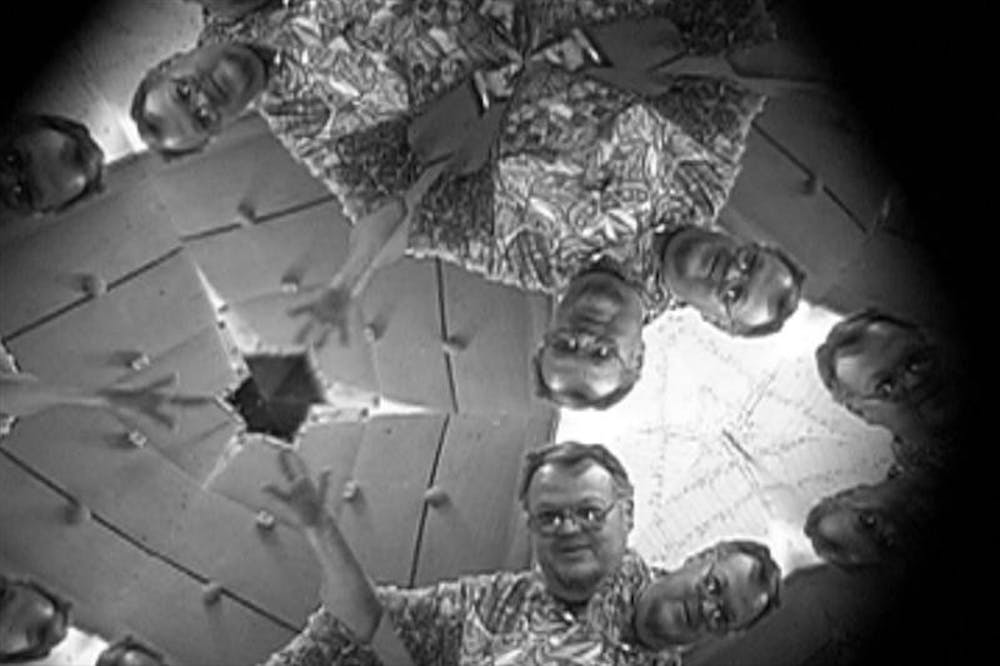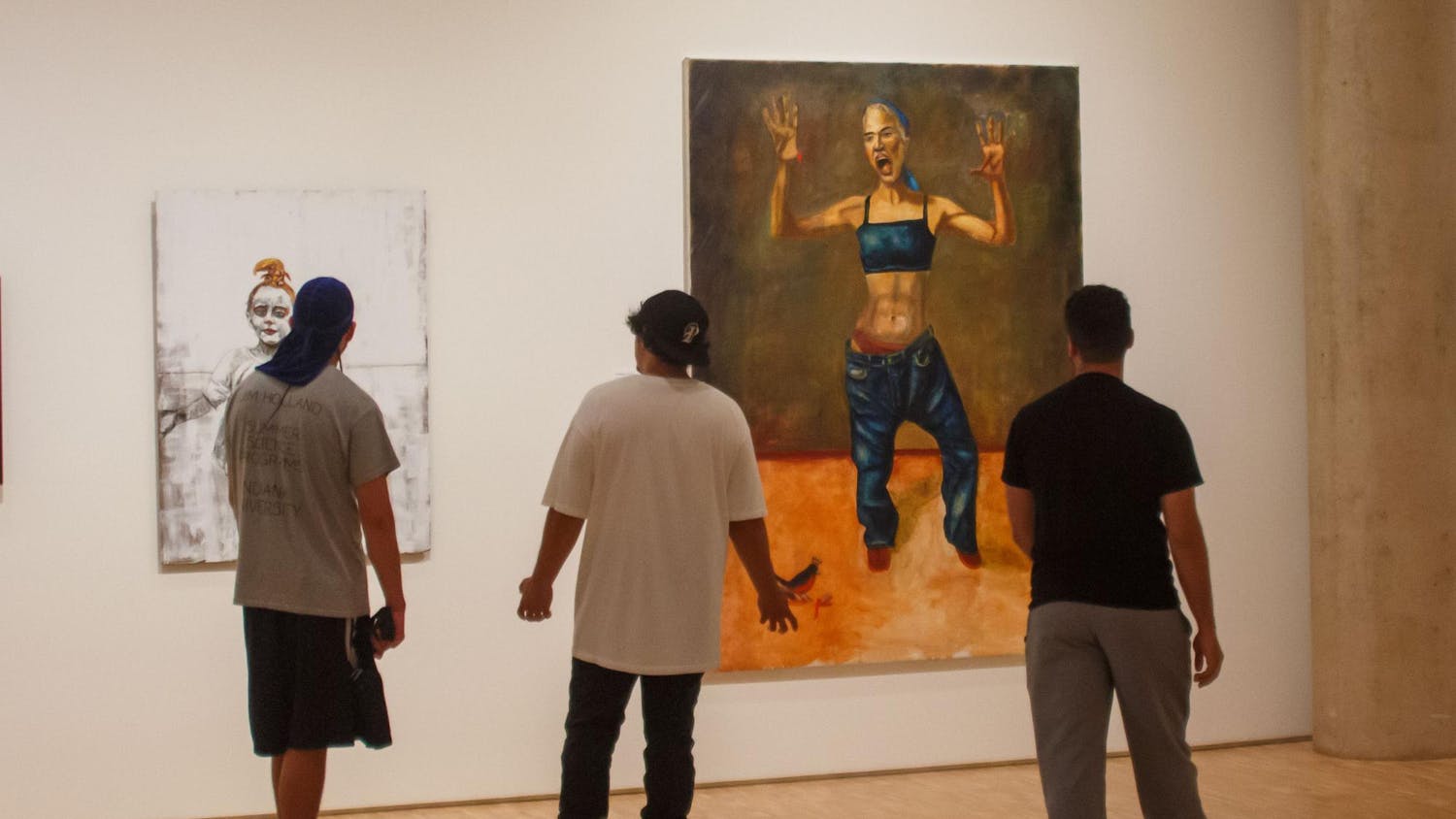Jerry Farnsworth often has a distorted perspective, at least when it comes to his work.
The Bloomington craftsman and artist has made kaleidoscopes for 17 years and wooden toys for 35 years. He said he began making kaleidoscopes to support his growing family, but today he is one of about 70 professional kaleidoscope makers in the United States. He has works featured in the first kaleidoscope museum to open in the world, in Tokyo.
“I don’t have perfected skills,” he said, but “to be able to make some money, I was able to start right away.”
His business has flourished with four different Web sites and clients all throughout the world. He has still found time to take his work to eight to 12 art fairs about every six months.
“He is all about kaleidoscopes,” said Miah Michaelsen, Bloomington’s assistant economic development director for the arts. “He hasn’t let the form of a kaleidoscope as an object that you look at and turn and see different colors confine his thinking of kaleidoscopes in a larger art form.”
Michaelsen worked with Farnsworth at the John Waldron Arts Center where he had an exhibition with different kaleidoscope pieces and room-size projections while a band played.
Farnsworth has made several kaleidoscope projections for different rock ’n’ roll and jam groups.
He has made a lighthouse that projected images in a circle around the room. He also created a robot that moved and projected images.
“Original ideas are real easy,” Farnsworth said.
His woodworking skills have helped him create interesting kaleidoscope designs, including a small heart-shaped necklace for his granddaughter, a wooden crab, a cow and numerous other designs.
“It’s nice to have a customer to come in and know you by reputation and give you an idea of what he or she wants and then you sort of let your imagination go from there,” Farnsworth said.
One of his popular pieces was his version of the Canon OM-1, a large oak kaleidoscope in the shape of a camera, with a viewfinder and another hole where an LCD screen would be. The hole where the LCD screen would be is big enough for photographers to put their cameras up to and take pictures of kaleidoscopic images.
His Canon OM-1 system is actually a taleidoscope, which is made with a tapered mirror system. When a taleidoscope is pointed at anything, it distorts the image like a kaleidoscope. It is constructed without an “object chamber,” which is the hand-blown glass marble or a small container with beads or glitter that create the colorful designs in kaleidoscopes.
“He has impeccable craftsmanship. ... He has taken the form out there and really done some interesting things,” Michaelsen said.
Farnsworth doesn’t take himself too seriously, but takes his work seriously, she said.
“My whole world is a kaleidoscope,” Farnsworth said. “I’m hooked on kaleidoscopes and images.”
Kaleidoscope creation
To make kaleidoscopes, Farnsworth traces a design on a piece of wood and cuts out the design with a band saw.
The image chamber is created using a front surface mirror, which means the silver is on the front rather than the back like most mirrors. He will then “scratch” the sheets of mirror with a carbide wheel. Next, he breaks apart the sheet of mirror where he made scratch lines.
Three narrow pieces of mirror are pieced together using a special aluminum duct tape. A lens and a piece of glass for the eye piece are placed at both ends of the resulting hollow triangle tube.
The mirror system is what distorts a single image into several symmetrical images. At the end of the kaleidoscope, different materials are added in the “image chamber” to create the colorful patterns.
Local artist creates kaleidoscope career
Craftsman is 1 of about 70 professional makers in U.S.

Get stories like this in your inbox
Subscribe




